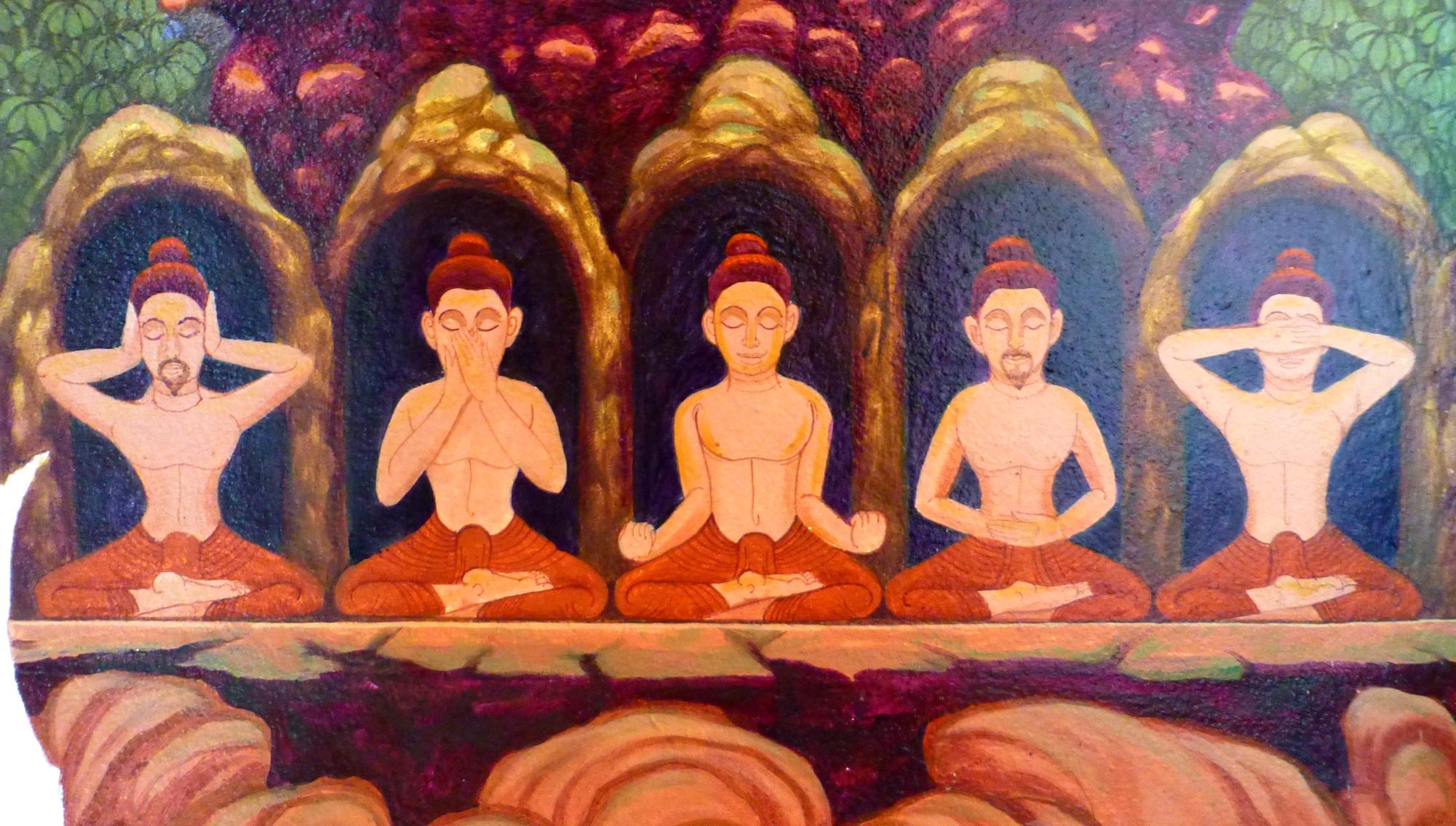Close your eyes. Take a deep breath. Inhale… exhale… feel the calm wash over you. Wait- don’t close your eyes yet. You’ll need them to finish reading this article. But that moment of stillness you just imagined is the essence of meditation, something both ancient and relevant to our lives at Taft.
 Having originated as an age-old practice in Buddhism, Taoism, Hinduism, and other traditions, meditation isn’t just another wellness trend present on podcasts and social media. However, its popularity today points to a genuine need to slow down in the fast-paced and consumerist world we live in. Meditation isn’t a technique to escape from stress, but a method to become more deeply attentive and appreciative of the present moment.
Having originated as an age-old practice in Buddhism, Taoism, Hinduism, and other traditions, meditation isn’t just another wellness trend present on podcasts and social media. However, its popularity today points to a genuine need to slow down in the fast-paced and consumerist world we live in. Meditation isn’t a technique to escape from stress, but a method to become more deeply attentive and appreciative of the present moment.
It can sound really serious and quite intimidating, but meditation is actually doable from where you are right now. There isn’t just one way to meditate, and different techniques work for different people. Some practice one-pointed attention, focusing on a single object, word, or even candle flame. Others use guided meditation, following a voice through visualization and calm. Mindful breathing is even simpler. All you have to do is observe your natural breathing and refocus your attention when your mind wanders. Rev. G, who occasionally hosts guided meditations at Taft, has integrated meditation into his everyday routine, waking up at 5:30 to meditate. He says, “The idea is to bring awareness into everyday life.”
Meditation can help in more ways than you might expect. Physically, it helps lower your blood pressure, enhance sleep quality, and even improve digestion. Psychologically, it allows you to disconnect from your thoughts and strengthen your moral clarity, supporting your healing from anxiety. And spiritually, it helps foster a sense of connection to the natural world and the universe around us.
The beauty of meditation is that it’s accessible to everyone, and you don’t need a special room or a certain ritual to successfully do it. By simply taking a few moments in the morning, between classes, or after school, you can unwind and center your thoughts in a feasible way. Remember to be consistent! The more you meditate, the less internal clutter you will encounter, and the less you will lose yourself in the past and future, allowing you to fully engage with the present moment.
You can also personalize meditation to fit each day. Sometimes, all you need is a brief walk and a few moments of fresh air. Other times, meditating might mean sitting quietly and noticing your thoughts pass by you. A short five-minute meditation will still make a difference, and I can guarantee that. I often meditate for a few moments when I need to reset, and even if it’s not as disciplined as Rev. G’s early morning meditations, it helps me remain focused.
So now that you’ve made it to the end, I give you permission to close your eyes again. Inhale… exhale… and this time, stay focused on your breath for a few more minutes. Congratulations! You’ve just meditated.